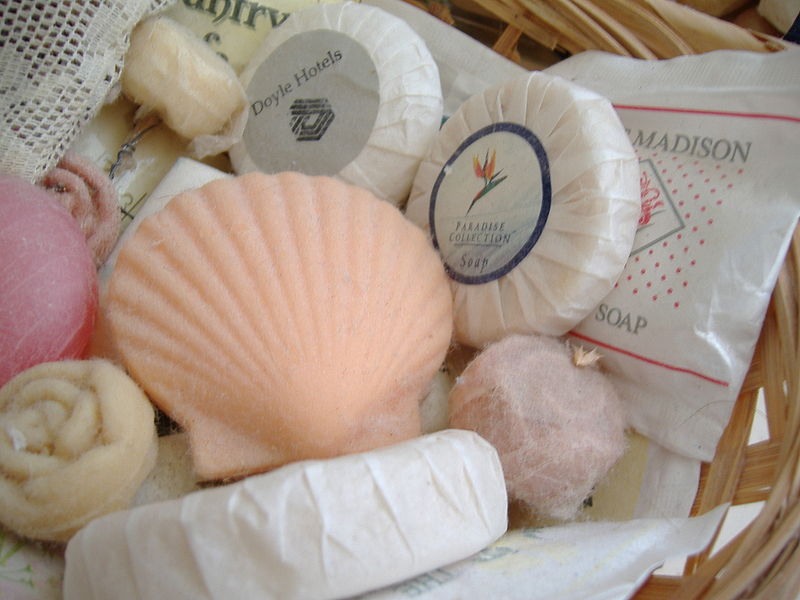What is the best way to wash our hands? Some claim that antimicrobial soap is the way to go, while others opt for conventional soap and warm water. Many have heard that in order to wash away bacteria, one must lather for at least 30 seconds. With so many specifications, which ones should we follow?
From a young age, I’ve heard time and again from nurses, doctors, and educators that soap and warm water are the two most effective tools for killing germs. I often catch myself relaying this information to my younger cousins as well. However, new research suggests otherwise: cold water may be as effective as warm water in staving off microbial invaders.
Rutger’s University researchers recently published a study in the Journal of Food Protection, testing the optimal conditions for effective hand washing. The researchers altered variables such as amount and type of soap, duration of lather, and water temperature. Results from their study suggested that the temperature of water, widely thought to play a major role in increasing soap lather and antimicrobial power, may not be as essential to soap efficacy as we previously believed. Between their trials with those who washed hands in 16°C and 38°C water, there was not a significant difference in bacterial reduction, suggesting that cold and warm water were equally effective in killing bacteria.
Are we washing our hands the right way?
Image Source: JGI/Jamie Grill
Meanwhile, researchers from Korea University in Seoul have tried to address the contention between antimicrobial soap and conventional soap. Because the antimicrobial triclosan, found in products ranging from soaps to makeup, is so ubiquitous, the researchers decided to focus on this agent and its effectiveness in killing bacteria. After testing the antimicrobial soaps in vitro and in vivo, the researchers concluded that triclosan was not any more effective in removing bacteria than conventional soap. It seems that the micellar cleansing action of soap was enough to carry away dirt and the bacteria associated with it from the hands.
Furthermore, pervasive use of this antimicrobial agent may be contributing to the rise of antibiotic resistant super-bacteria. Triclosan is not easily degraded, so it remains in the water even after it has been through a treatment plant. This triclosan-laden water is then released back into the environment, where low levels of triclosan over an extended period of time drive bacteria to up-regulate antibiotic resistance mechanisms. Since some of these mechanisms are not specific to just triclosan, up-regulation increases resistance to other antibiotics as well, leading to an increasing number of antibiotic resistant bacteria.
Although there is still much more research to be done to confirm these findings, it is safe to assume that we should consider replacing antimicrobial soap with conventional soap. Triclosan may be doing more harm than good.
Feature Image Source: Decorative Soaps by Phanton










